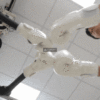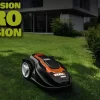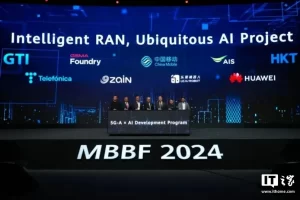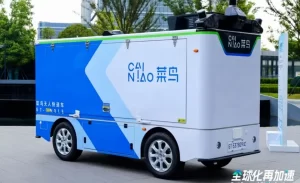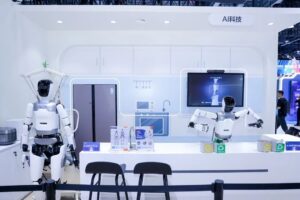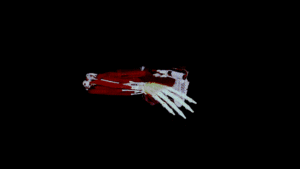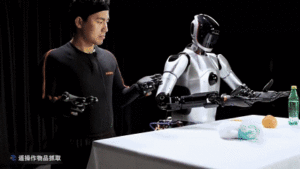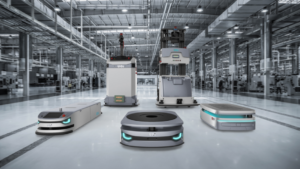Recently, UBTECH officially launched the new generation of industrial humanoid robots, Walker S1, which has already entered automotive factories for hands-on training. It is now collaborating with Level 4 autonomous logistics vehicles, unmanned forklifts, industrial mobile robots, and intelligent manufacturing management systems. UBTECH has stated that this marks the world’s first industrial solution where humanoid robots collaborate with autonomous logistics vehicles.
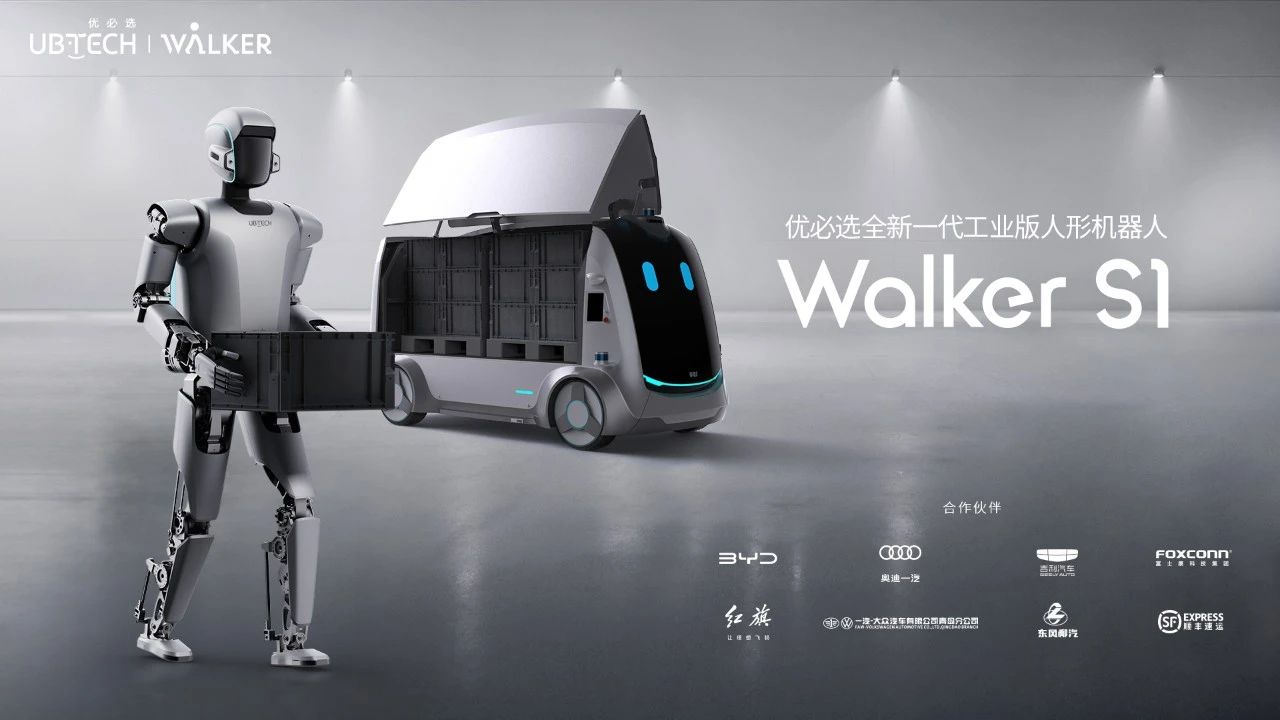
According to reports, the Walker S series of industrial humanoid robots is undergoing continuous training and technological upgrades, focusing on industrial application needs such as safety, reliability, stability, practicality, and high-load capacity. The goal is to create a humanoid robot application paradigm tailored for multi-task industrial scenarios.
The Most “Employed” Robot in Automotive Factories – Designed for Industrial Applications
Since the beginning of this year, UBTECH has been focusing on key manufacturing sectors like automotive and 3C electronics to enhance the operational capabilities of humanoid robots. They have pioneered partnerships with several major automakers, including Dongfeng Liuzhou Motor, Geely Auto, FAW Hongqi, FAW-Volkswagen Qingdao, Audi FAW, and BYD, while also expanding into cross-industry collaborations with leading companies such as Foxconn and SF Express. According to UBTECH, they are currently the only humanoid robot company globally to announce collaborations with multiple automotive manufacturers, making the Walker S series the humanoid robot involved in most automotive factory training programs globally.
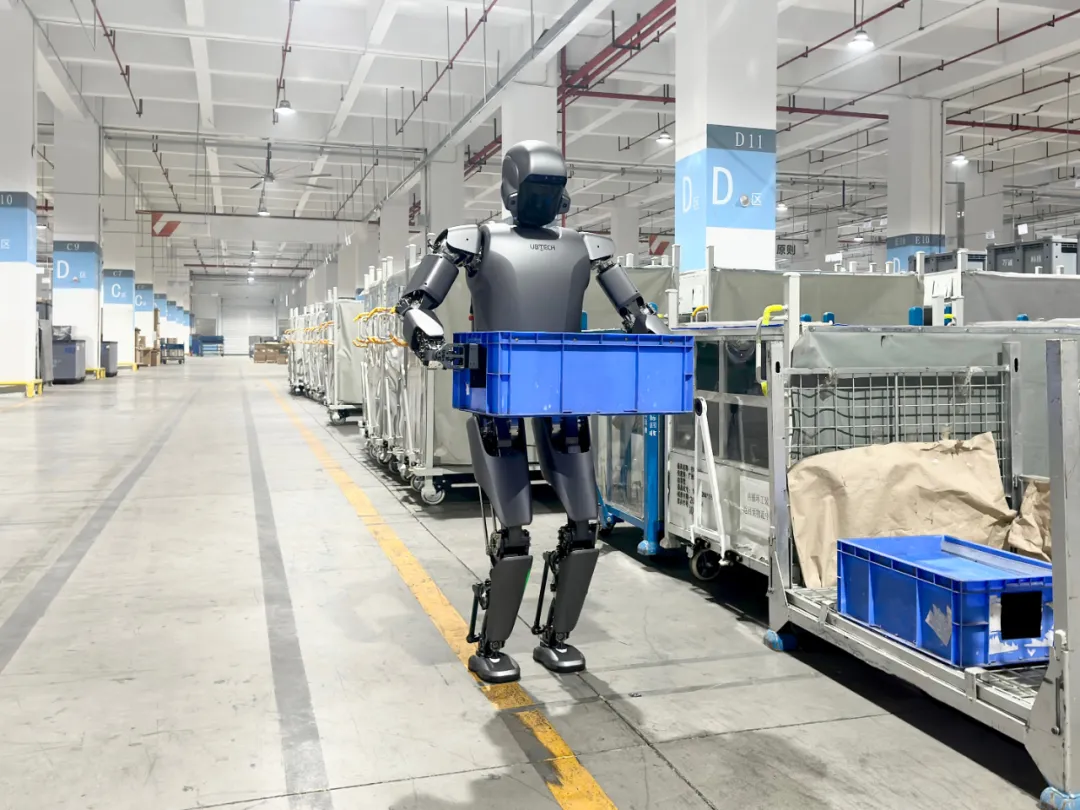
Currently, the Walker S1 is engaged in transport task training at BYD’s factory and has achieved the world’s first collaborative work between a humanoid robot, autonomous logistics vehicles, unmanned forklifts, industrial mobile robots, and an intelligent manufacturing management system. This cooperation is advancing the commercialization and unmanned logistics in both indoor and outdoor settings.

According to the Manufacturing Talent Development Plan Guide released by the Ministry of Human Resources and Social Security, the Ministry of Industry and Information Technology, and the Ministry of Education, China will face a shortage of nearly 30 million workers in manufacturing by 2025, with a gap rate of 48%. With the advantage of adapting better to unstructured environments, humanoid robots are expected to alleviate the demand for labor in manufacturing. Based on its current training experience in various automotive factories, UBTECH has iterated the Walker S series multiple times over the past year to meet the needs of industrial applications. To date, the series has received over 500 pre-orders from automotive manufacturers.
Hardware and Software Upgrades Address Three Key Challenges
The Walker S1 has undergone hardware performance innovations, including integrated joint technology, an integrated head design, and bionic dexterous hands, giving the robot more stable and reliable movements, as well as agile and flexible operational capabilities.
In terms of integrated joint technology, the Walker S1 adopts an innovative rotational drive, integrating key components such as a servo drive, frameless torque motor, reducer, and encoder. These features provide high performance, high torque, and high integration, significantly improving the robot’s motion performance and stability. This also allows the Walker S1 to achieve a high degree of modularization, which strongly supports future mass production and delivery.

In the integrated head design, the Walker S1 innovatively uses a panoramic fisheye camera at both ears for the first time, combined with an RGBD camera, enabling 360° safety monitoring and comprehensive perception of the robot’s surrounding environment and operational range. Additionally, the head of Walker S1 integrates visual, light signals, and voice interactions, allowing it to communicate its operational status and task completion in real time through various methods.
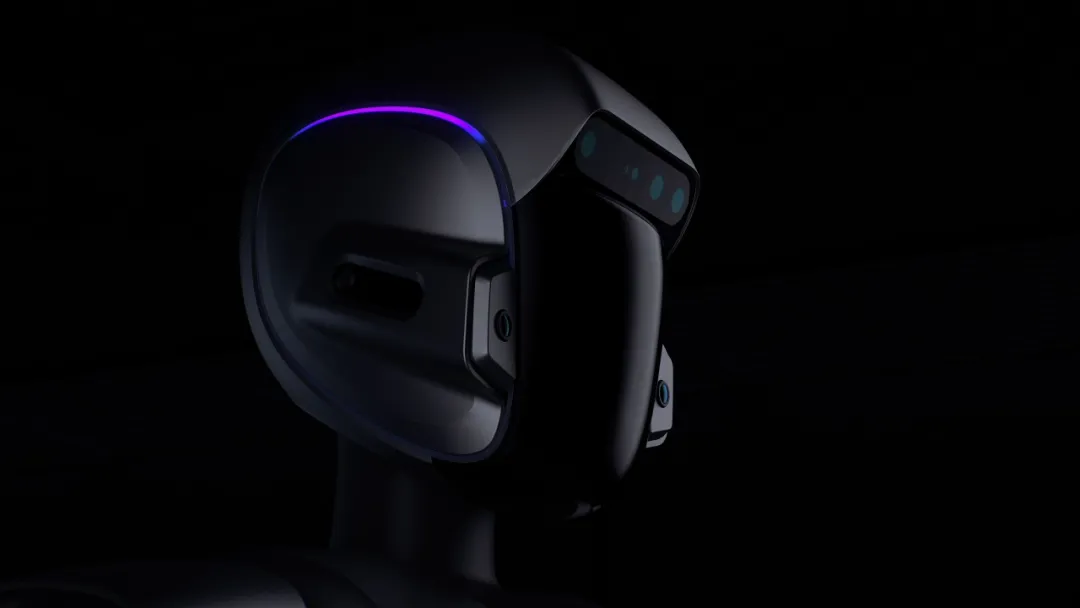
In terms of bionic dexterous hands, the Walker S1 is equipped with UBTECH’s self-developed third-generation bionic dexterous hand. With six arrayed tactile pressure sensors, it can accurately monitor grip strength, providing reliable hardware support for Walker S1 to perform fine operations. This dexterous hand also has a full-stack dexterous operation strategy library, which can train corresponding skill sets based on the generalization capabilities required for industrial scenarios, achieving various general skills. Furthermore, Walker S1 can replace the end effector to enable bipedal walking while carrying loads of up to 15 kg, meeting the most common material handling tasks in industrial scenarios.

Additionally, UBTECH has developed its robotic operating system application framework, ROSA 2.0, which sits between the underlying operating system and the upper-level business applications. Based on a unified internal software development platform, it can schedule various algorithm module systems deployed on the robot itself, ensuring the autonomy, control, and safety of the underlying algorithms. In industrial scenarios, ROSA 2.0 can support multiple application developments for humanoid robots, collect perception and action data, facilitate collaborative scheduling for multiple robots, and enable rapid integration with factory scheduling management systems.
It is worth mentioning that the Walker S1 specifically addresses three significant challenges encountered during training in automotive factories: visual positioning under varying lighting and environmental conditions, motion control algorithms under dynamic high-load conditions, and joint heat dissipation during prolonged high-load operations. This ensures the stable and efficient performance of work tasks in industrial application scenarios.
Focusing on Key Technologies for Embodied Intelligence to Meet Generalization Needs in Industrial Scenarios
Compared to the previous generation Walker S, UBTECH has developed key technologies for embodied intelligence, including a multimodal planning model for general tasks, semantic VSLAM, and learning-based motion control, based on its full-stack humanoid robot technology. This endows the Walker S1 with a smarter “brain” and more agile “body,” meeting its generalization application needs in industrial scenarios.
By integrating training for multimodal planning models targeting general tasks and constructing embodied intelligence data using simulated scenes and real data, UBTECH aligns sensor data with corresponding robotic actions. This enables Walker S1 to possess advanced intent understanding and fine-grained task planning capabilities, placing its innovative applications and implementation challenges among the top tier in the global industry.
At the same time, UBTECH’s self-developed semantic VSLAM navigation technology achieves two-phase semantic navigation from coarse to fine by tightly coupling semantic perception information with traditional VSLAM methods, significantly enhancing Walker S1’s spatial understanding capabilities. This technology is also a first in the humanoid robot industry. Furthermore, UBTECH’s unique integrated perception and control, end-to-end learning-based full-body motion control framework effectively supports Walker S1’s dexterous operations and stable walking, improving its generalization execution capabilities for complex unstructured tasks.
In the future, as humanoid robots are widely adopted, the labor supply-demand imbalance in the manufacturing industry is expected to ease further. As a representative of new productive forces, humanoid robots will contribute to advancing a new type of industrialization, empowering high-quality development.

